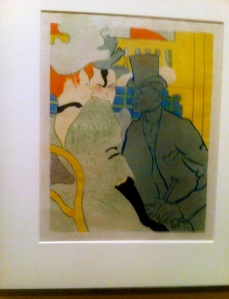 This week I took a friend for his first exploration of the MoMA, which was kind of a cool thing to do. When you’ve been to any place many times and take someone there, it’s as if it’s your place. In this case, it is your museum, your work of art.
This week I took a friend for his first exploration of the MoMA, which was kind of a cool thing to do. When you’ve been to any place many times and take someone there, it’s as if it’s your place. In this case, it is your museum, your work of art.
No matter how many times I go to a museum, I am in awe. Look! I’m standing in front of a Picasso, a Modigliani, a Miró, a Monet longer than my entire apartment (okay, my apartment is small, but still), a Cézanne that takes my breath away every time I see it. Or, as was the case this week, all of the above and an exhibit of works by the great Toulouse Lautrec.
Museums are relatively large spaces, and you usually go with a friend or two and share the space with them and a crowd of people—sometimes large, sometimes small. However, as you stand there looking at the Individual pieces, it’s almost as if the world were composed of just you and the art.
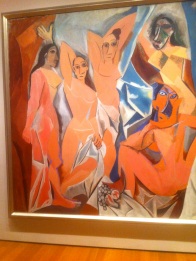 You walk from gallery to gallery with your friend, each of you drawn to works that speak to you. You often separate until you feel the need to share your perspective, or until it’s time to move on to the next room. You might pass by works that don’t catch your fancy or that you’ve seen before. And then suddenly you stop. Ah, I was looking for you. How have you been, Les Demoiselles? You look lovely, as always, especially considering that someone fell into you a year or two ago. Don’t worry—it’s not at all noticeable. (Bet he’ll never forget it, though.)
You walk from gallery to gallery with your friend, each of you drawn to works that speak to you. You often separate until you feel the need to share your perspective, or until it’s time to move on to the next room. You might pass by works that don’t catch your fancy or that you’ve seen before. And then suddenly you stop. Ah, I was looking for you. How have you been, Les Demoiselles? You look lovely, as always, especially considering that someone fell into you a year or two ago. Don’t worry—it’s not at all noticeable. (Bet he’ll never forget it, though.)
I looked around. Where did my friend get to? He’s on the other side of the room, mesmerized by something else. I thought, well, I’ll just stand here and wait for a moment. I don’t want to break the connection. My eyes started wandering to other people making their connections with the art, isolated in their own worlds.
“Every child is an artist. The problem is how to remain an artist once he grows up.” ―Pablo Picasso
There’s a man in a tailored suit, his head back, his gaze traveling down his nose to look at the painting. He seemed to know it well. Hello, old friend.
Over there, a student with her sketchbook. She started at one side of the room, turned the page after drawing a few quick lines, and walked across to the other side. She settled in front of a painting and was still there busy with her sketchpad when we left.
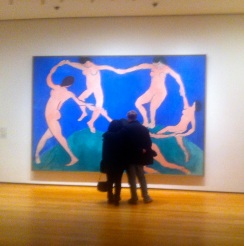
Look at this couple, their eyes on the woman at the bottom of Matisse’s La Danse (1909). Her hand does not quite touch the other’s to her left. They, too, stood with their hands outstretched to each other, smiling as they imitated art. Their fingertips finally touched, and then they came together like this.
 In front of this Miró I heard a woman say that she didn’t realize that they had so many of his works. She was probably in her late-seventies, but her eyes were filled with the wonder of a child. She was utterly delighted, as I was watching her in her delight.
In front of this Miró I heard a woman say that she didn’t realize that they had so many of his works. She was probably in her late-seventies, but her eyes were filled with the wonder of a child. She was utterly delighted, as I was watching her in her delight.
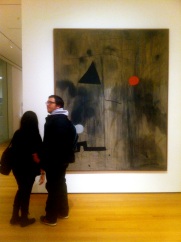 Here’s couple in front of another Miró. They politely moved out of the way, not realizing that I was photographing them with the painting, not just the painting. It was nice of them to move aside, though.
Here’s couple in front of another Miró. They politely moved out of the way, not realizing that I was photographing them with the painting, not just the painting. It was nice of them to move aside, though.
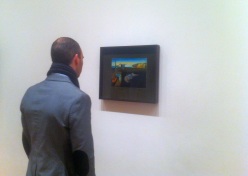 Finally, here is my friend. His characteristic humor was alive and well throughout our visit. But here and there, he grew silent and pensive. He stood in front of this painting, Salvador Dalí’s The Persistence of Memory (1931), for a long while. (It’s quite small, isn’t it?) I wandered away from him, exploring the entire gallery. When I circled back he was still there. So I snuck a photo while he was engrossed in his memories.
Finally, here is my friend. His characteristic humor was alive and well throughout our visit. But here and there, he grew silent and pensive. He stood in front of this painting, Salvador Dalí’s The Persistence of Memory (1931), for a long while. (It’s quite small, isn’t it?) I wandered away from him, exploring the entire gallery. When I circled back he was still there. So I snuck a photo while he was engrossed in his memories.
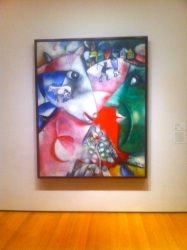 We stopped together in front of I and the Village (1911) Marc Chagall. More memories—and our own internal worlds. It is striking—its bright colors and whimsical imagery, the stories, the movement, and the worlds only possible for most in dreams and childhood.
We stopped together in front of I and the Village (1911) Marc Chagall. More memories—and our own internal worlds. It is striking—its bright colors and whimsical imagery, the stories, the movement, and the worlds only possible for most in dreams and childhood.
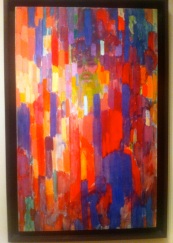 I always forget about this one: Mme Kupka among verticals (1910-11) by František Kupka. My art teacher always warned against attempting to define or name shapes in abstract paintings. But in this case…Look, Professor! There really is a face in there!
I always forget about this one: Mme Kupka among verticals (1910-11) by František Kupka. My art teacher always warned against attempting to define or name shapes in abstract paintings. But in this case…Look, Professor! There really is a face in there!
Visiting a museum is more than the artwork we are seeing. It’s the sound of footfalls all around you, the muffled voices (well, usually), the shiny wood floors, the perfectly-placed lighting, the curation, the memories and thoughts the pieces invoke, and the people with whom you are sharing the experience—friends and strangers. For each of us, it is our museum, our painting, our tiny universe. In a way, we are part of the exhibit, a collection of works inadvertently curated by us and our interaction with the paintings and with each other. We are all, in a manner of speaking, owners of the art and the museum itself, a work of art and an artist. There’s something to think about next time you’re in a crowded museum.

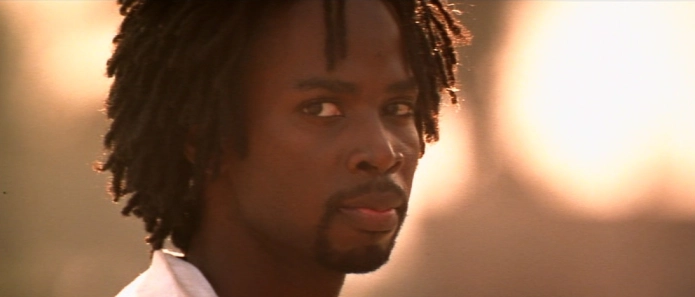
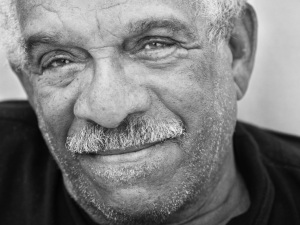 I want to share another poem—this one on loving the self—by Saint Lucian poet, playwright, and essayist Derek Walcott (b. 1930). Walcott, currently Professor of Poetry at University of Essex, has received numerous awards, including the MacArthur Foundation Fellowship “genius award” (1981) and the Nobel Prize for Literature (1992). His work spans not only time, but the full range of thought and emotion—from politics, colonization and history, to romance, rage and, of course, love. To read his work is to transcend, to be transported and to be transformed.
I want to share another poem—this one on loving the self—by Saint Lucian poet, playwright, and essayist Derek Walcott (b. 1930). Walcott, currently Professor of Poetry at University of Essex, has received numerous awards, including the MacArthur Foundation Fellowship “genius award” (1981) and the Nobel Prize for Literature (1992). His work spans not only time, but the full range of thought and emotion—from politics, colonization and history, to romance, rage and, of course, love. To read his work is to transcend, to be transported and to be transformed.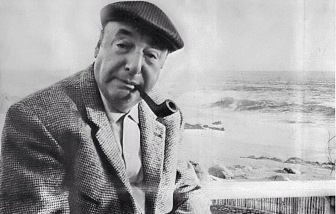
 This week I took a friend for his first exploration of the
This week I took a friend for his first exploration of the  You walk from gallery to gallery with your friend, each of you drawn to works that speak to you. You often separate until you feel the need to share your perspective, or until it’s time to move on to the next room. You might pass by works that don’t catch your fancy or that you’ve seen before. And then suddenly you stop. Ah, I was looking for you. How have you been, Les Demoiselles? You look lovely, as always, especially considering that someone fell into you a year or two ago. Don’t worry—it’s not at all noticeable. (Bet he’ll never forget it, though.)
You walk from gallery to gallery with your friend, each of you drawn to works that speak to you. You often separate until you feel the need to share your perspective, or until it’s time to move on to the next room. You might pass by works that don’t catch your fancy or that you’ve seen before. And then suddenly you stop. Ah, I was looking for you. How have you been, Les Demoiselles? You look lovely, as always, especially considering that someone fell into you a year or two ago. Don’t worry—it’s not at all noticeable. (Bet he’ll never forget it, though.)
 In front of this Miró I heard a woman say that she didn’t realize that they had so many of his works. She was probably in her late-seventies, but her eyes were filled with the wonder of a child. She was utterly delighted, as I was watching her in her delight.
In front of this Miró I heard a woman say that she didn’t realize that they had so many of his works. She was probably in her late-seventies, but her eyes were filled with the wonder of a child. She was utterly delighted, as I was watching her in her delight. Here’s couple in front of another Miró. They politely moved out of the way, not realizing that I was photographing them with the painting, not just the painting. It was nice of them to move aside, though.
Here’s couple in front of another Miró. They politely moved out of the way, not realizing that I was photographing them with the painting, not just the painting. It was nice of them to move aside, though. Finally, here is my friend. His characteristic humor was alive and well throughout our visit. But here and there, he grew silent and pensive. He stood in front of this painting, Salvador Dalí’s The Persistence of Memory (1931), for a long while. (It’s quite small, isn’t it?) I wandered away from him, exploring the entire gallery. When I circled back he was still there. So I snuck a photo while he was engrossed in his memories.
Finally, here is my friend. His characteristic humor was alive and well throughout our visit. But here and there, he grew silent and pensive. He stood in front of this painting, Salvador Dalí’s The Persistence of Memory (1931), for a long while. (It’s quite small, isn’t it?) I wandered away from him, exploring the entire gallery. When I circled back he was still there. So I snuck a photo while he was engrossed in his memories. We stopped together in front of I and the Village (1911) Marc Chagall. More memories—and our own internal worlds. It is striking—its bright colors and whimsical imagery, the stories, the movement, and the worlds only possible for most in dreams and childhood.
We stopped together in front of I and the Village (1911) Marc Chagall. More memories—and our own internal worlds. It is striking—its bright colors and whimsical imagery, the stories, the movement, and the worlds only possible for most in dreams and childhood. I always forget about this one: Mme Kupka among verticals (1910-11) by František Kupka. My art teacher always warned against attempting to define or name shapes in abstract paintings. But in this case…Look, Professor! There really is a face in there!
I always forget about this one: Mme Kupka among verticals (1910-11) by František Kupka. My art teacher always warned against attempting to define or name shapes in abstract paintings. But in this case…Look, Professor! There really is a face in there!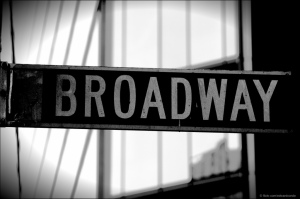 This past week I had the good fortune to see a matinee of
This past week I had the good fortune to see a matinee of 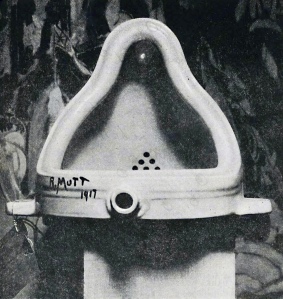
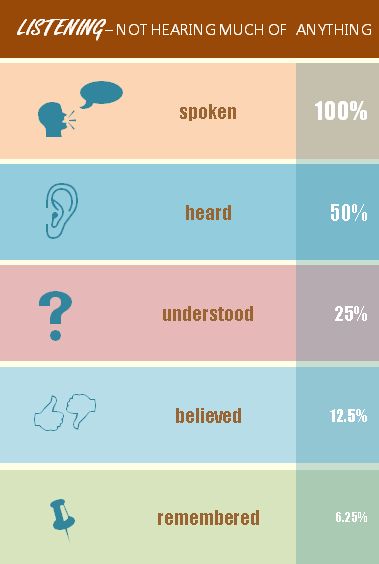
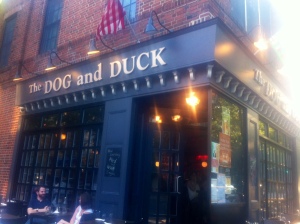 Last night, I decided that I needed a burger. I needed one. Never mind that the fridge is full. I can always cook that eggplant tomorrow, right?
Last night, I decided that I needed a burger. I needed one. Never mind that the fridge is full. I can always cook that eggplant tomorrow, right? I’ve sampled various items from the lunch, brunch, and dinner menus. On this particular evening, I tried the Chicken Sandwich with chipotle mayo (left) at the suggestion of the head waiter Alan. It was messy, crunchy, and delicious. I never have room for dessert, but the selection is pretty mouth-watering. Some D&D signature dishes that I’ve not yet had the chance to sample include the Braised Lamb Shank, Duck Confit with wild mushrooms, and the Scallops Gratinee.
I’ve sampled various items from the lunch, brunch, and dinner menus. On this particular evening, I tried the Chicken Sandwich with chipotle mayo (left) at the suggestion of the head waiter Alan. It was messy, crunchy, and delicious. I never have room for dessert, but the selection is pretty mouth-watering. Some D&D signature dishes that I’ve not yet had the chance to sample include the Braised Lamb Shank, Duck Confit with wild mushrooms, and the Scallops Gratinee.
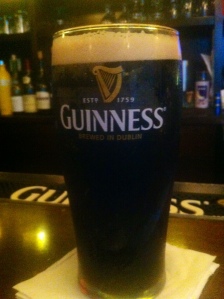 The clientele isn’t bad either. You can expect friendly conversation if you sit at the bar—it’s a pub, people. However, if you want to be left alone, that’s okay too. I don’t recommend it, though. You’ll meet some pretty interesting people from all walks of life, and they will likely make you laugh. As a rule, I don’t go to bars by myself (I’m a lady!), but I feel very comfortable here.
The clientele isn’t bad either. You can expect friendly conversation if you sit at the bar—it’s a pub, people. However, if you want to be left alone, that’s okay too. I don’t recommend it, though. You’ll meet some pretty interesting people from all walks of life, and they will likely make you laugh. As a rule, I don’t go to bars by myself (I’m a lady!), but I feel very comfortable here.